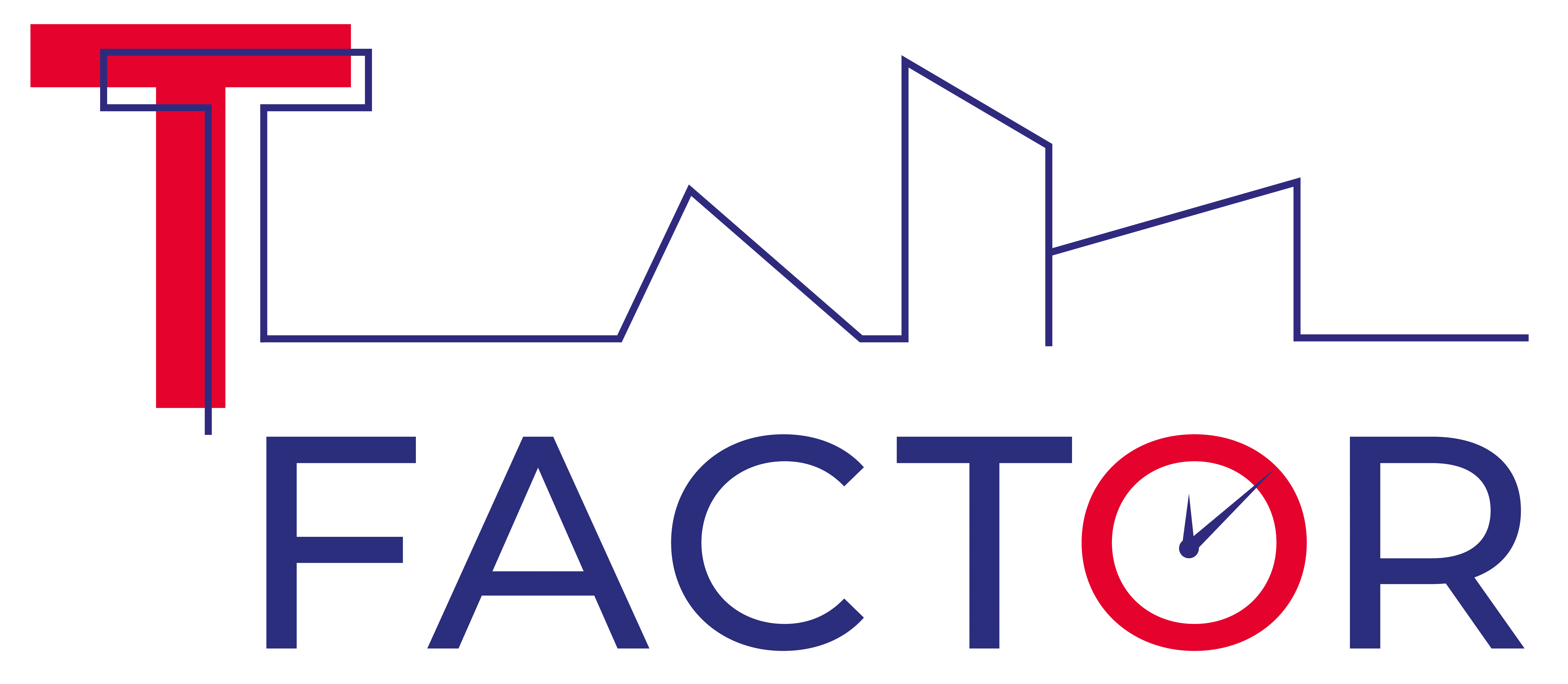The Bilbao local coalition of T-Factor organized the Sustainable Transitions meeting on November 20 and 21, two days dedicated to exploring the temporary uses of public space to move towards a more inclusive, sustainable and prosperous urban development.
During the first day of the event, the Bilbao coalition presented the temporary uses prototypes developed by university students in collaboration with local creative agents and international experts from the T-Factor consortium. Throughout the 2022-2023 academic year, students from Mondragon Unibertsitatea, University of Deusto and IED Kunsthal designed proposals for temporary use linked to social challenges in the neighborhood. On November 20, they presented the results of this co-design work. In addition, the assistants were able to learn about the ecosystem of local creative initiatives that collaborate in the T-Factor Bilbao pilot.
Case studies of temporary urban planning
The second day of the meeting was dedicated to learning about case studies that have incorporated temporary uses into their urban development strategy.
Sofia Anner y Carl Hampus Lindblad presented Blivande, a community placed at Stockholm. Blivande is a non-profit organization that has built a collective village with diversity of creative projects and seeks to become a self-sustaining ecosystem.
They are placed at the harbor area of the city, in an industrial zone that is under a large urban development plan. At the T-Factor Bilbao Roadshow, Sofia Anner and Carl Hampus Lindblad explained the model behind Blivande and how they use temporary architecture to create meanwhile spaces.
Eli Hatleskog presented the experience of Euston, one of the six T-Factor pilots. Located in the heart of London, Euston and its surroundings are about to face their biggest transformation in decades. Eli Hatleskog, researcher at University of the Arts London, explained at Bilbao Roadshow how the pilot is focused on leveraging temporary use to benefit this local communities that have been impacted by the construction works, and showed some of the initiatives that the local coalition has launched in collaboration with local communities.
Through local and resident-led projects, T-Factor Euston pilot has developed a diverse meanwhile strategy based on participatory arts and design practices to celebrate local heritage, as well as collaborative platforms to stimulate circular and collaborative strategies at a local level.
Maxime Zaït, co-founder of Communa, presented this non-profit organization located in Belgium. Communa is an association committed to a more affordable, democratic, resilient and creative city. They use the temporary occupation of empty or underused spaces as their main tool, although they also develop other tangible proposals to confront the commercialization of urban spaces.
In these temporary occupations, Communa initiates housing solutions and allows the emergence of projects of common interest with the active participation of local communities. Through these processes, transition periods become a lever to rethink traditional planning processes, overcome standardized spaces and save resources.
Finally, Ane Abarrategi, co-founder of Tipi Studio, presented at the T-Factor Bilbao Roadshow meeting the keys to the report they prepared for the Basque Government, Collaborative model of management and production of spaces in transition for transitory uses where they analyzed the possibility of reactivating obsolete spaces or spaces in transition through temporary uses.
The last part of the event was dedicated to the workshop Exploring Temporary Uses, where we invited innovation and urban and social development professionals to think together about strategies to promote temporary uses in our cities.
Roadshow Bilbao – How to activate collaboration in a context of uncertainty?


